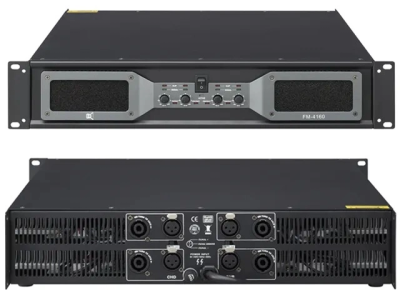Internet Protocol Television is what the abbreviation “IPTV” refers to, and it means that you may access TV channels on your regular television set by attaching a box to your broadband Internet connection. IPTV is an acronym for Internet Protocol Television. IPTV services may be obtained for a recurring subscription or as part of bundled packages provided by cable television service providers.
With IPTV, you may choose which channels are sent to your set-top box, and there will be many more to choose from. IPTV (Internet Protocol Television) is a service that will be provided to you by your cable or phone provider. It will likely also include other features and services, such as VOIP (Voice over IP) telephone service and a digital video recorder.
IPTV will allow you to record programs on the go using your mobile device. If you’re going to be out late at the store and don’t want to miss an episode of Desperate Housewives, you can simply phone or text your box to have it set a recording. This time travel machine will be the best of its kind. IPTV, in contrast, enables a bidirectional connection between the viewer and the content.
How Does It Work
The term “IPTV” refers to how media is transmitted via the internet. While audiovisual media dominates, such networks may also be used to disseminate other types of data, such as television schedules. To watch shows, users traditionally require a set-top box. However, desktop computers, laptops, tablets, and mobile phones are increasingly utilized instead.
A dansk iptv provider needs to take four primary actions to provide content to its subscribers. To broadcast a movie or athletic event, for example, a TV provider must get the appropriate permissions from the relevant studio or governing organization. In most cases, the IPTV provider will be granted the authority to redistribute the content after the necessary permissions have been secured.
To restrict access to this material to authorized subscribers, the service provider must first acquire it and then encode it. After the provider receives the information via satellite feed, the next step is to encode it. This procedure often modifies the programming’s format to make it appropriate for distribution through an IP-based network.
IPTV takes advantage of subscribers’ already established broadband connections through telephone. Customers may have difficulties while attempting to stream material due to a lack of bandwidth necessary to deliver the content to their set-top box. Countries with antiquated telephone networks that can’t handle the current volume of calls are increasingly turning to fiber optics as a solution to bandwidth difficulties.
Middleware is the next component of the service. Since it serves as the customer’s primary point of interaction, it must be intuitive and straightforward. This usually takes the form of an EPG (Electronic Programme Guide). However, it may be far more dynamic with features like picture-in-picture and search capabilities based on show titles, actors, and genres.
The set-top box is the last piece of the puzzle regarding IPTV service. This component is responsible for delivering material to the TV, powering the middleware, and decoding data. Finally, it must function as intended, cost-efficiently, and be durable enough to sustain normal household use. On the other hand, IPTV may be seen using various other services and gadgets.











